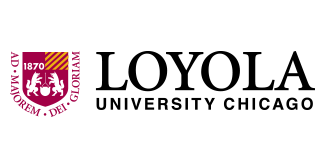Major
Biology
Anticipated Graduation Year
2026
Access Type
Open Access
Abstract
This study explores the intersection between God-of-the-gaps arguments and whether these arguments cooperate with the guidelines of Stephen Jay Gould’s view of “non-overlapping magisteria” (NOMA). God-of-the-gaps arguments are used to explain current unexplained scientific phenomena by crediting God. If new scientific discoveries can eventually explain these phenomena, this would decrease the evidence for God. Three perspectives on this argument are explored: both theological and scientific arguments against God-of-the-gaps and an argument in favor of God-of-the-gaps. Through reading these perspectives, the findings suggest that each point of view presents an argument showing that God-of-the-gaps does not cooperate with the NOMA guidelines.
Faculty Mentors & Instructors
Hans Svebakken, PhD, Department of Theology
Creative Commons License

This work is licensed under a Creative Commons Attribution-Noncommercial-No Derivative Works 3.0 License.
Investigating the Intersection of ‘God of the Gaps’ and NOMA
This study explores the intersection between God-of-the-gaps arguments and whether these arguments cooperate with the guidelines of Stephen Jay Gould’s view of “non-overlapping magisteria” (NOMA). God-of-the-gaps arguments are used to explain current unexplained scientific phenomena by crediting God. If new scientific discoveries can eventually explain these phenomena, this would decrease the evidence for God. Three perspectives on this argument are explored: both theological and scientific arguments against God-of-the-gaps and an argument in favor of God-of-the-gaps. Through reading these perspectives, the findings suggest that each point of view presents an argument showing that God-of-the-gaps does not cooperate with the NOMA guidelines.


